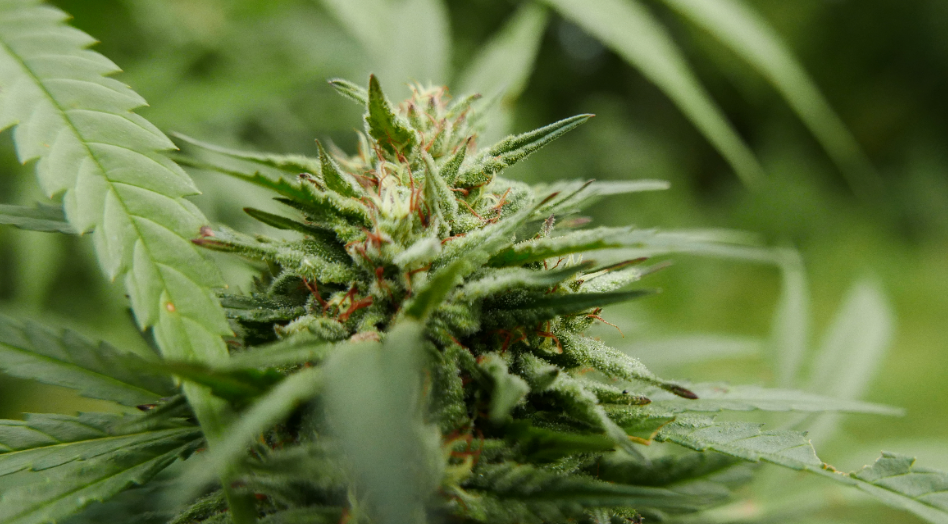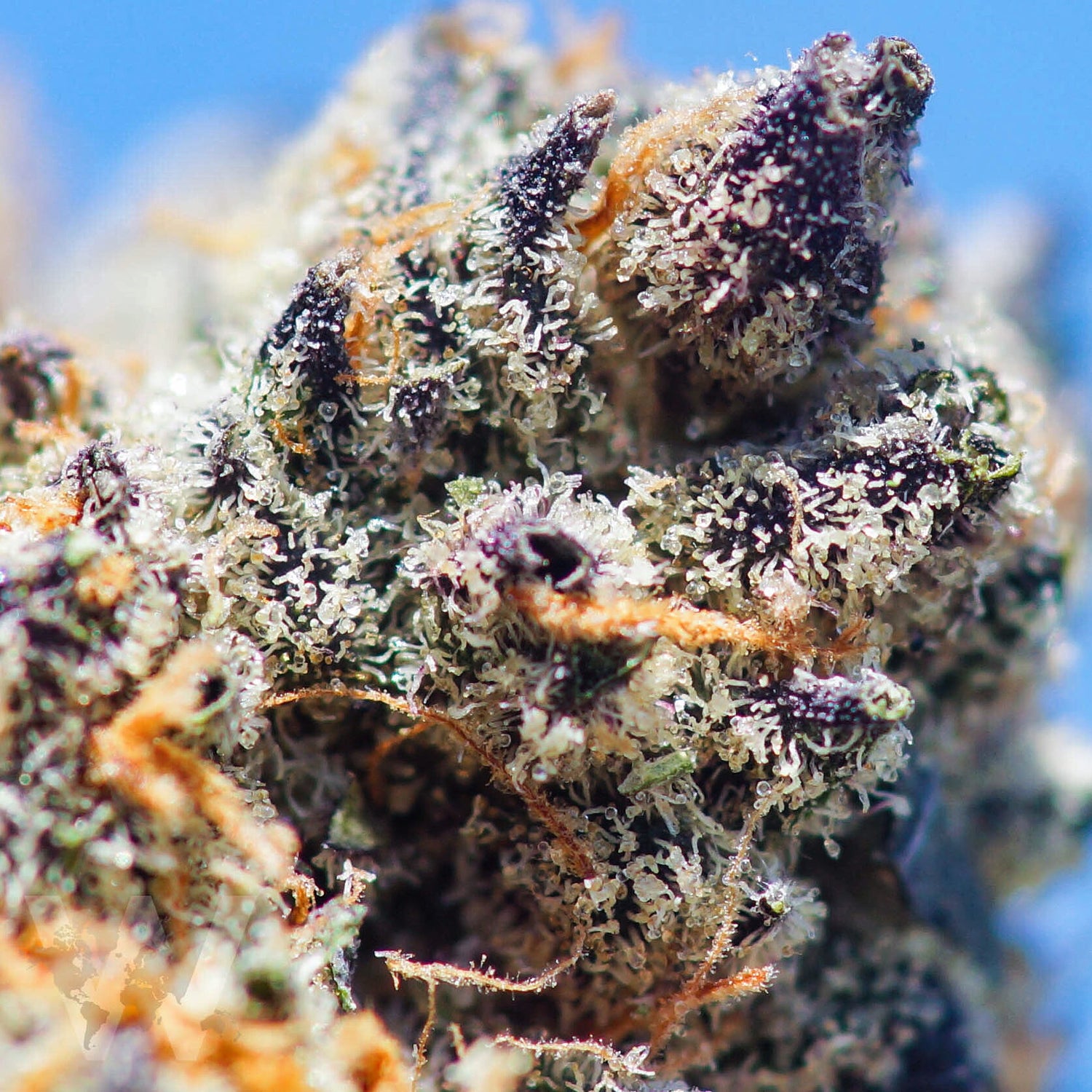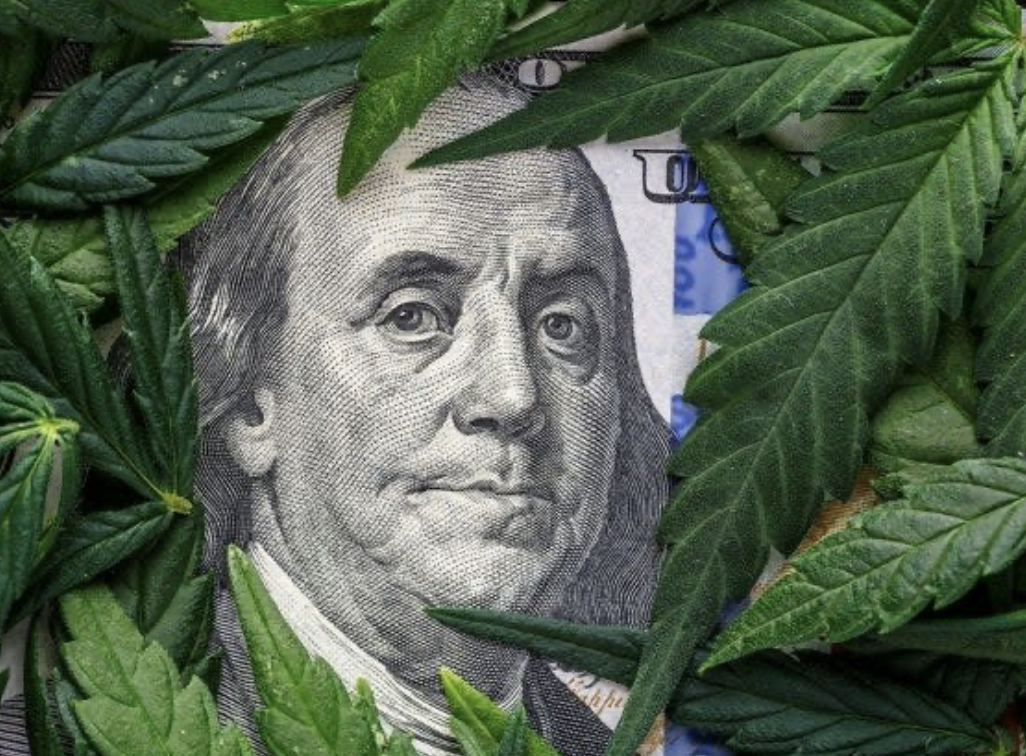Proper CBD Dosing. Proper Cannabis Dosing. How much CBD do I take? Can I give CBD to my dog?

CBD Dosage
CBD dosing shouldn't feel like rocket science, CBD and Cannabis can be used for medical purposes in a relatively straightforward manner, for you, your kid, your dog, and yes, even your cat can take and benefit from CBD.
We are here to help you better understand how much CBD to take, how much CBD to give a cat, how much CBD to give a dog, and to assure you that how ever much CBD you take, you will be fine, (but maybe you'll sleep for a whole day.) Humans and pets alike have an endocannabinoid system, and CBD works to help heal each of us.
A Quick Guide to CBD dosing
For Adults under 220 pounds:
Take 5mg increments up to 15 milligrams of CBD for Calming Effects. This can be done in the morning with coffee or tea to trade a clear mind for restless thoughts.
Take 10mg increments up to 20mg for Pain Relief.
Above 20mg can start to make certain individuals drowsy, however consuming up to 160 milligrams at a time is necessary for those with severe pain and illnesses - which is why we make it easy with just two doses of the Inflamade Restore Extra Strength 2500mg Tincture for serious issues. Check in with your body every 10mg, every 30 minutes.
Take 25-100mg of CBD at night for Sleep. Most adults that do not have severe hyperactivity are fine on just 25mg or 50mg of CBD for sleep, however those with serious racing thoughts, ADHD, or hyperactivity, may need more CBD, although they weigh less.
For infants, the optimum dose is .5mg per pound of body weight, split across 3 doses per day.
Starting small - 2.5mg increments for calming effects, wait 30m -1h in between doses.
5mg for Pain - with 2.5mg increments for additional relief
10mg for Sleep - with 5mg increments as needed.
For pets, there a similar dosing table as for kids.
1-5mg per 10lbs is the generic rule, 1mg for calming effects, and 5mg for sleep.
So if your dog is only 20 lbs, 2-4mg should be enough to keep them calm during fireworks or travel. This same pet would need 5mg -10mg for sleep.
If your dog is 40lbs, 4-8mg should be enough for calming effects, while 8-16mg should be enough to help them sleep.
We have heard numerous success stories of people whose 15 year old cat wouldn't eat or move for days on end, then it would take CBD. The cat would then eat normally, jump up onto the sofa, and move about like nothing was wrong.
New Years Eve and Fourth of July Fireworks always tend to be a nightmare for dogs, who benefit from CBD oil to help calm them. Whatever the issue, know that CBD can help them live a higher quality of life, without the high.
All jokes aside, proper CBD dosing for different ailments can vary depending on a range of factors such as the individual's weight, the specific ailment being treated, and the form of CBD being used. Research suggests that the optimal CBD dosage can differ based on the condition being addressed. For example, a study published in the National Library of Medicine found that different dosage schemes and efficacy reports of CBD use in adults varied based on the specific ailment being treated. When determining the appropriate CBD dosage for an individual's needs, it is important to note how you feel, and try different increasing dosages until the desired result of feeling better, or sleeping, is achieved.
Moreover, Forbes Health provides a CBD oil dosage calculator that can help individuals determine their ideal dosage. It's important to note that factors such as the concentration of CBD in a product and the individual's unique response to CBD should also be considered when determining the proper dosage. Beginning your doseage starting CBD dose between 5 and 15 milligrams for calming, 15-20 milligrams for pain, and 25-50mg for sleep. Emphasizing that the specific amount needed depends on various factors, including the condition being treated and the individual's body weight as well as hyperactivity.
For example, in certain cases, a hyperactive woman, weighing 130 lbs, will need more CBD at night than a calm large man weighing 200 lbs. Some people can't just turn off their minds at night - resulting in needing more CBD. But when it comes to pain relief, she would need less. Again, the amount of CBD needed will vary from person to person, and ailment to ailment.
It's vital for individuals to approach CBD dosing with caution and seek guidance from a healthcare professional to ensure the safe and effective use of CBD for their specific needs. Especially if the individual is taking prescription blood thinners or Staten's for their heart. For more information on heart risks, don't miss our article here.
A dose or two of THC-rich flower can get the job done for a many individuals. Partaking in weed, nonetheless, isn't the most important thing in the world of marijuana therapeutics. There are numerous ways of encountering the health advantages of pot, and some of them (like most types of CBD) are even non-inebriating. Especially, all Inflamade products.
Lately, the appearance of powerful weed oil concentrates, non-inebriating cannabidiol (CBD) items, and luxury edibles, changed the helpful scene and changed the public discussion about pot.
Luckily we have passed the point of no return that most people understand that marijuana has medical benefits. The next step is to figure out how to make the most of your therapeutic cannabis use to fit your lifestyle and circumstances.
What do the doctors have to say about CBD?
For both patients and doctors, optimizing therapeutic cannabis use can be challenging. Most doctors never found out about CBD or pot in clinical school and, as per a 2017 study, not many feel they are able to direct patients about dose, CBD: THC proportions, various methods of organization, and expected aftereffects.
"Dosing weed is not normal for any helpful specialist to which I was uncovered in my clinical preparation."
Dustin Solak, D.O.
Dr. Dustin Sulak, D.O., the overseer of Integr8 Wellbeing in Maine, says: " A few patients really utilize minuscule measures of weed, while others utilize unimaginably high portions. Adult patients can experience therapeutic effects with as little as 1 milligram of total cannabinoids taken daily, while others can take more than 2 milligrams without experiencing side effects.
Marijuana comes in various structures with many potencies, and its creation and conveyance still can't seem to be normalized in states where weed is lawful for helpful use. Given that it appears that cannabis consumption varies widely, what is the most effective course of action?
Microdosing CBD for beginners - one of the most common myths about cannabis therapy is that you need to get high to get better.
"A great many people are shocked to discover that the helpful impacts of weed can be accomplished at doses lower than those expected to create happiness or weakness," says Dr. Sulak, who affirms that "super low dosages can be incredibly viable, once in a while considerably more so than the other [high-dose] outrageous."
Preclinical research supports the idea that even a trace amount of THC can improve health. Oral organization of a low portion of THC (1 mg/day) brought about huge restraint of illness movement" in a creature model of heart atherosclerosis (solidifying of the veins), as per a 2005 report in Nature, which noted: " This successful portion is lower than the portion generally connected with psychotropic impacts of THC."
There is a lack of clinical data to determine whether low-dose THC therapy can prevent atherosclerosis in humans due to the federal prohibition of cannabis and the restrictions on research that result from this prohibition.
However, this much is sure: The act of micro dosing - which involves the utilization of a sub-psychoactive or somewhat psychoactive portion of pot - is acquiring prominence among the individuals who need the health advantages of marijuana without the buzz.
It's important to note as well that while Dr. Sulak and other great doctors usually have our best interest in heart, sometimes they are compensated by the pharmaceutical companies, so they can be more inclined to prescribe Ambien, or pain killers, vs recommending CBD.
Albeit prohibition by government regulation, marijuana medication is at present open as concentrated oil separates, mixed sublingual showers, colors, edibles, easy-swallow pills, skin ointments, and the same goes for CBD.
Overseeing Psychoactivity
The effective utilization of weed as a medication generally relies upon dealing with its inebriating properties. The high from cannabis is enjoyed by many; for others it's disagreeable. An individual's aversion to THC, the vitally inebriating part of weed, is critical to executing a compelling treatment routine.
Cannabidiol (CBD) doesn't cause an inebriating high like THC. Depending on the amount of each compound in a product, CBD can actually reduce or eliminate the THC high. A more prominent proportion of CBD-to-THC implies less of high. Today marijuana patients have the choice of recuperating without feeling high.
By and large, are three kinds of gum rich weed and marijuana items:
Type 1 (THC-dominant) consists of high THC and low CBD (famous intoxicating cannabis strains); Type 2 (THC & CBD) consists of mixed THC and CBD strains (intoxicating, but not as edgy as THC-dominant strains); Type 3 (CBD-dominant) consists of high CBD and low THC (non-euphoric marijuana or hemp); and there is also a fourth type, which However, as far as what's at present accessible for patients, the THC: CBD proportion is vital and should be thought about while planning measurement systems.
All in all, what's the fitting measurements for every one of the three principal kinds of weed?
Remember, you can always take more.
Begin low, go slow:
While contemplating measurements, the saying "begin low and go slow" is a typical topic for weed treatment, by and large, and THC titration specifically, as examined via Caroline MacCallum and Ethan Russo in a January 2018 article in the European Diary of Inside Medication.
The authors, who are both doctors, provide sound advice for medical professionals and patients on how to properly administer (Type 1) THC-dominant pharmaceutical preparations.
Russo and MacCallum advise new patients to start with a single inhalation of THC-rich cannabis and wait 15 minutes before inhaling again. In most cases, the effects of inhaling cannabis can be felt within a few minutes, alleviating acute distress quickly. In the event that need be, one can breathe in an extra puff each 15 to 30 minutes "until wanted side effect control is accomplished."
With respect to edibles, one ought to remember that it can require 60 to an hour and a half before the impacts of a solitary portion are felt.
MacCallum and Russo propose a painstakingly titrated routine for utilization of ingestible THC-rich pot items. They say that patients who have never used cannabis before should start by taking between 1.25 and 2.5 milligrams of THC just before going to bed for two days.
On the off chance that there are no undesirable aftereffects, increment the sleep time portion of THC by another 1.25 to 2.5 mg for the following two days. Keep on expanding the portion of THC by an extra 1.25 to 2.5 mg each and every day until the ideal impacts are accomplished.
Assuming there are unfriendly secondary effects, diminish the portion of THC to the earlier sum that was all around endured, remember sometimes THC can cause racy thoughts, which is why Inflamade CBD products are THC free, so that you can dose properly and fall asleep fast without the endless thoughts.
Various sorts, different measurement
Type 1 - Titrating THC
For satisfactory side effect help, a few patients might have to ingest a pot readiness a few times during light hours notwithstanding their evening routine.
The more clinical term for "microdosing" is "titrating." While titrating marijuana, alert is encouraged: On days 1 and 2, begin with one portion of what might be compared to 2.5 mg THC; on days 3 and 4, increment to 2.5 mg THC two times every day; and gradually increase the dose to 15 mg THC (divided equally throughout the day) if it is well tolerated.
"Doses of THC greater than 20-30 milligrams per day may increase adverse events or induce tolerance without enhancing efficacy."
MacCallum and Russo
Antagonistic occasions coming about because of weed use predominantly relate to THC and are portion subordinate. Extremely high portions are bound to cause undesirable secondary effects.
For the majority of drugs, a higher dose will have a greater therapeutic effect. With weed, in any case, it's not really basic. THC and other marijuana parts have biphasic properties, implying that low and high portions create inverse impacts. Cannabis tends to stimulate in small amounts; enormous portions calm.
In practical terms, this indicates that beginning with a low dose and gradually increasing it will initially produce stronger effects. However, after a specific point, "measurements increments can bring about more fragile helpful impacts," as per Dr. Sulak, "and an expansion in secondary effects."
It is essential to keep in mind that everybody reacts to THC in a unique way and develops tolerance at different rates. Check in with yourself frequently while consuming weed to measure the impacts and secondary effects.
Overuse can lead to a number of undesirable side effects. That's what Sulak sees "side effects of weed glut intently reflect the side effects one would anticipate that marijuana should assuage at proper dosages: anxiety, panic attacks, paranoia, dis-coordination, sweating, spasms, tremors, and disturbed sleep are all symptoms of this condition. Outrageous excesses can prompt fantasies and, surprisingly, intense psychosis."
You can reduce the likelihood of experiencing adverse effects by ingesting small amounts of THC into your system and gradually increasing the dosage. The objective is to consume a dose of THC that is both high enough to have therapeutic effects and low enough to minimize adverse effects.
Type 2 - THC and CBD: The Power Couple
CBD and THC are the power two or three marijuana therapeutics. The two mixtures have exceptional restorative credits, and they work preferred in blend over as separates. CBD can synergistically improve THC's mitigating and torment killing properties while diminishing undesirable incidental effects.
A 2010 report in the English Diary of Pharmacology examined the impacts of THC and CBD alone and in mix in a creature model of colitis. "CBD increased some effects of an ineffective THC dose to the level of an effective one," was the conclusion of this preclinical study.
This is one of the many gifts of CBD: It can amplify the restorative effect of a limited quantity of THC with the goal that one need not consume an inebriating portion to encounter THC's helpful advantages.
A clinical report distributed in the Diary of Torment inspected the viability of various dose levels of Sativex, a pot determined sublingual shower with 1:1 CBD: THC proportion, which is an endorsed medicine in two dozen nations (yet not in the US).
Of 263 malignant growth patients who were not finding relief from discomfort with narcotics, the gathering that got 21 mg of Sativex every day experienced critical upgrades in torment levels, more so than the gathering that got 52 mg Sativex day to day. Furthermore, those given much higher dosages (83 mg day to day) decreased their agony no better than a fake treatment, yet they encountered more unfriendly impacts.
Albeit numerous patients excel at the least compelling portion, some advantage from a high portion weed oil routine. Frequently these patients participate in a routine that incorporates a significant measure of CBD as well as THC. By lessening THC's inebriating impacts, CBD makes high intensity pot oil therapy more straightforward to make due. To build tolerance to the difficult intoxicating effects of THC, steady titration over several weeks is helpful if high doses are required.
Weed therapeutics is customized medication. No single CBD exists: THC dosage or ratio that works best for everyone. Just 2.5 mg of CBD joined with a limited quantity of THC can make a remedial difference. High doses of high-quality CBD-rich formulations are safe and well tolerated if necessary.
For patients new to pot, it could be ideal to begin with low portions of a CBD-rich cure (with little THC) and increment the measurements (and, if important, how much THC) bit by bit. Instead of taking a single large dose, take several smaller ones throughout the day.
In any case, a low-THC item isn't generally the best treatment choice. CBD and THC in a more balanced combination may have a greater effect than either alone.
Basically, the objective is to oversee reliable, quantifiable portions of a CBD-rich cure with as much THC as an individual is OK with. Try, notice the impacts, and change how much CBD and THC until one figures out the perfect balance with the right mix of the two mixtures.
Type 3: CBD-Rich Extracts cannabis is an option for people who would rather not go over the legal limit. High portion CBD treatment is one more approach to mending without the high.
When in doubt, CBD-prevailing pot (with little THC) won't cause an individual to feel stoned. A pure CBD isolate (without THC) won't either. However, CBD separates need basic sweet-smelling terpenes and other cannabinoids. Single-particle cannabinoids are basically more versatile as once you find your dosing, you can dose exactly as needed for different ailments.
In human studies, CBD secludes require extremely high - and exact - dosages to be compelling.
Hemp-derrived CBD disconnects and distillates are as of now accessible by means of various web retail facades. There may be quality issues with hemp-derived products that need to be addressed prior to purchase when shopping online. Drug organizations are likewise looking at single-particle CBD as a treatment for immovable epilepsy, psychosis, and different illnesses.
In a 2012 clinical preliminary including 39 schizophrenics at a German clinic, 800 mg of unadulterated drug grade CBD ended up being essentially as viable as standard drug medicines without causing the brutal secondary effects commonly connected with antipsychotic drugs. Be that as it may, a subsequent report at Yale College found minimal mental improvement in schizophrenics who were given a CBD seclude.
Pharmaceutical CBD Pharmaceutical CBD Single-molecule CBD, free of the stigma associated with THC and its therapeutic moxy, has recently received FDA approval as a medication for pediatric seizure disorders.
Families with health insurance who have epileptic children will welcome this news. Epidiolex, a nearly pure CBD remedy developed by GW Pharmaceuticals as an anti-seizure medication, will not be affordable to anyone who does not have health insurance.
Consider the dose range used in clinical preliminaries of epidiolex. Youngsters with devastating seizure problems were surrendered to 20 mg of epidiolex per kg of body weight. Such high portions caused communications with other anticonvulsant drugs, requiring changes of the last option to stay away from a harmful excess.
In contrast, the author of Cannabis Revealed, Dr. Bonni Goldstein, typically begins treatment for epileptic children with a much lower dose of full spectrum CBD-rich oil (1 mg CBD/kg of body weight) with the understanding that the dosage may need to be adjusted based on the initial response.
In the event that essential, Goldstein will build the portion of CBD by augmentations of 0.5 mg/kg until an edge of 5 mg/kg of body weight is reached. Furthermore, that sum additionally may should be changed.
Children and grown-ups process CBD in an unexpected way. It might appear to be irrational, yet small kids can endure high portions of CBD oil concentrates, including THC-rich plans, which may be overwhelming for a grown-up. Hence, it's anything but really smart to compute measurement for a grown-up in view of what works for a kid.
If 1 mg/kg of CBD is a suitable beginning portion for a youngster, and a grown-up weighs multiple times more than the kid, one shouldn't expect that the right CBD beginning portion for the adult is 15mg/kg of body weight. That could be too high a portion.
Despite the fact that CBD does not have any known side effects at any dose, an excessive amount may be less effective as a treatment than a moderate amount.
For individuals as well as pets, CBD and marijuana dose should not be set in stone. Diet, exercise, sleep patterns, day-to-day stress, and genetics all play a role in a person's overall health and endocannabinoid tone. Pot is best utilized as a feature of a solid way of life.
Here are some dose factors to consider:
Marijuana experience. Has the patient utilized marijuana previously? Or are they a stoner who uses cannabis on a daily basis but isn't getting the most out of it? A veteran client might require a higher portion than another client. Or, a person who uses cannabis on a regular basis may require a break from getting high to reactivate their sensitivity.
Advancing one's helpful utilization of pot might involve utilizing items with various CBD: THC proportions at various times - more CBD for sunlight hours, more THC around evening time.
Dosing for prevention. Delayed low portion treatment might be favorable for overseeing persistent side effects or to forestall sickness repeat. Cannabinoids have been shown in preclinical studies to have neuroprotective and cardioprotective properties that may lessen the effects of a heart attack or traumatic brain injury.
Cannabinoid acids. Crude, unheated marijuana contains CBD and THC in their "corrosive" structure, CBDA and THCA, which are not inebriating. Consumed orally more than a while, cannabinoid acids can be compelling in tiny sums, however exact dosing is troublesome when squeezing crude weed. Other conveyance frameworks are opening up for CBDA-rich and THCA-rich items.
Pot and CBD are protected and pardoning meds. It may take some trial and error to figure out how to get the most out of its health-enhancing properties. No problem! Essentially marijuana isn't unsafe like so many FDA-endorsed drugs, just make sure you are in a safe location before you experiment. And remember, CBD is different, you can not take "too much" you will just become sleepy.
Therefore, keep Dr. Sulak's advice in mind if you are new to cannabis medicine or want to improve your therapeutic routine: Don't be afraid to start low, move slowly, and check in with yourself from time to time. You got this!
Sources:

Cbd 101
The Endocannabinoid System
The root of it all, the magical ECS and how it does more than just serve us THC and CBD.

cbd 101
What is CBD?
A deep dive into CBD - where it comes from, why its important, and the different uses.

Cbd 101
Proper CBD Dosing & Proper THC Dosing.
The official guide on how dose for desired effect.


CBD 101
CBD vs. THC
And everything you need to know about using them individually and together.


Cbd 101
Legalize! A brief history of Cannabis and CBD.
Why its been illegal so long and the challenges we still face today.

CBD 101
Hemp! What is it good for?
Medical and Industrial uses of hemp, the plant with the most potential to save the world.
